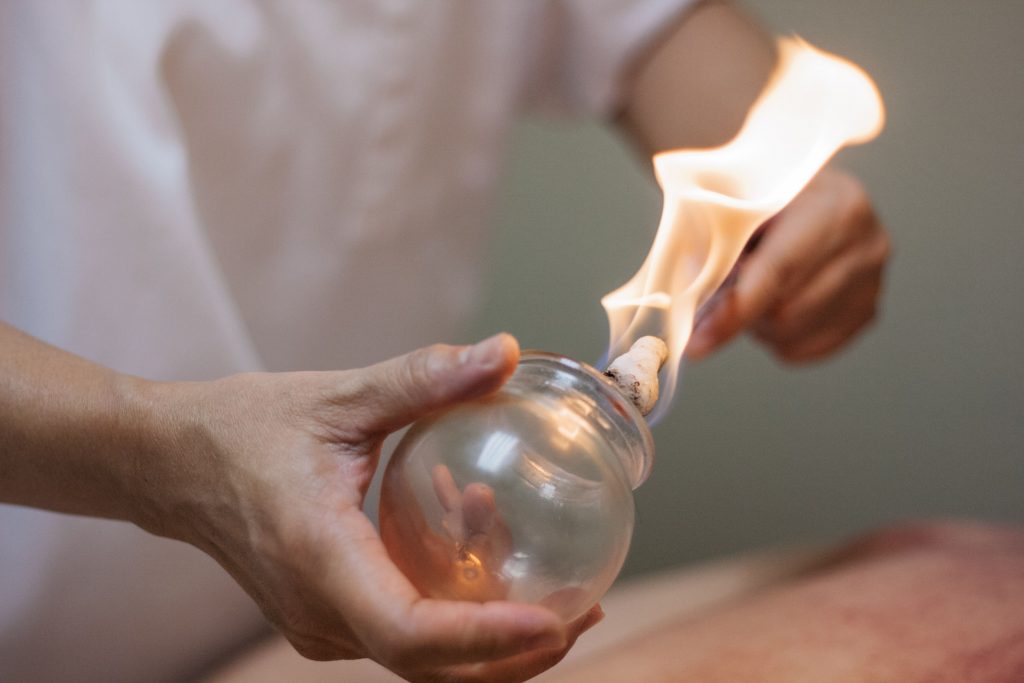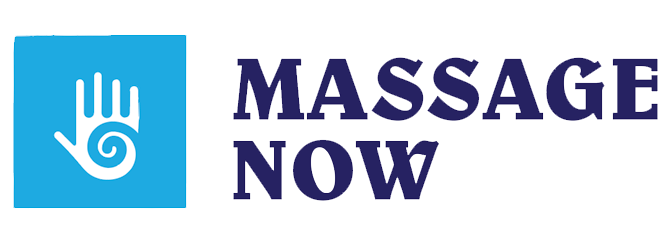For many spa-goers, cupping massages may seem like a relatively new service, but this unique massage technique has been around for centuries, and with good reason. Cupping therapy brings to the table a wealth of benefits that can enhance and transform a traditional massage service.
What is cupping?
Cupping is an ancient form of alternative medicine that dates back to early Eastern societies, specifically Chinese, Middle Eastern, and Egyptian cultures. Today, cupping maintains a place in the medical world, and it’s grown in popularity thanks to increased accessibility and endorsements by prominent athletes and celebrities.
During a cupping massage, cups made of glass, bamboo, silicone, or earthenware are applied to the body to treat many conditions, including muscle pain, lymphatic blockages, and skin disorders.
Your cupping massage will begin much like any other massage service. You’ll enter a private room, disrobe, and lie down on the massage table. Once there, your massage therapist will begin the treatment by applying the cups to targeted body areas using gentle suction to adhere them to your body. To do this, your therapist will typically use one of two methods to create the required vacuum.

Traditionally, practitioners place a flammable substance, like alcohol, dried herbs, cotton, or wool, inside the cup. The contents of the cup are ignited and then extinguished. Once the cup begins to cool, it is adhered to a targeted part of the body, relying on the natural vacuum created in the process.
Many massage therapists rely on the traditional cupping preparation process, but others choose to employ a more modern yet equally effective technique. In this case, your massage therapist will use cups with a small pump to achieve the required section level.
Once the cups are placed on your body, your massage therapist will leave them there for a few minutes to achieve the desired results. What happens next, however, depends on the type of cupping technique in use. Traditionally, there are two primary types: dry and wet.
- Dry Cupping: During a dry cupping treatment, the technique most frequently used in massage therapy, the cups will remain on the body for several minutes. The massage therapist may leave the cups in a single location or move them around to simulate a wider target area and create a soothing massaging effect.
- Wet Cupping: During a “wet cupping” treatment, a therapist will remove the previously attached cups from your body and use a scalpel to make minor, surface-level cuts in the skin. Then they will reattach the cups to your body. Once properly suctioned, the gentle vacuum pulls a small amount of blood from the skin. Practitioners of this cupping art believe the process can remove toxins from the skin and increase healing in the target location.
What are the benefits of cupping during a massage?
Much like other forms of massage, a cupping massage can provide you with a host of benefits that improve your physical, mental, and emotional wellbeing. The cupping experience, which is frequently coupled with traditional massage techniques, can help you relax, reduce stress, and alleviate pain. But there’s more to this ancient technique.
Cupping can provide relief from both chronic ailments, like arthritis, and short-term ailments and discomforts, like injury-related muscle pain or bronchitis.
Improves circulation: Once the suction cups are placed on the target area, the gentle suction will promote increased circulation. This can relieve tension, promote healing, and soothe sore muscles.
Reduces anxiety: During a spa service, your therapist may run the cups up and down your body to provide a unique massage experience. This can activate the parasympathetic nervous system, which promotes relaxation and reduces anxiety.
Aids in digestion: Cupping can help clear blockages in the colon and further aid digestion by improving the flow of blood and fluids to and from organs.
Improves respiratory function: Clients who suffer from respiratory-related ailments, like asthma or bronchitis, may find that a cupping massage can alleviate symptoms by increasing blood supply to the lungs, encouraging the movement of lymph fluid, and helping to break up congestion.
Enhances skin health and appearance: Increased blood flow and lymphatic circulation can remove excess fluid from the body and eliminate toxins. Cupping can help improve the appearance of scars, stretch marks, and even varicose and spider veins.
Does cupping hurt?
A cupping massage can be a positive experience that leaves you refreshed, relaxed, and relieved of discomfort. Most patients find the experience to be free from pain or discomfort. However, it’s always important to note that the cups will leave behind temporary red circles or bruising, but this is harmless and will fade within 7 to 10 days.

